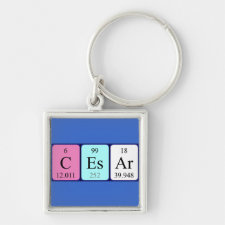
Authors: Suquila FAC, de Oliveira LLG, Tarley CRT
Article Title: Restricted access copper imprinted poly(allylthiourea): The role of hydroxyethyl methacrylate (HEMA) and bovine serum albumin (BSA) on the sorptive performance of imprinted polymer.
Publication date: 2018
Journal: Chemical Engineering Journal
Volume: 350
Page numbers: 714-728.
DOI: 10.1016/j.cej.2018.05.176
Alternative URL: http://www.sciencedirect.com/science/article/pii/S1385894718310003
Abstract: In this study, imprinted polymers based on copper imprinted poly(allylthiourea) synthesized in acetonitrile (ACN) (Cu2+)-IIP(ACN) or ethanol (EtOH) (Cu2+)-IIP(EtOH) and the effect of 2-hydroxyethyl methacrylate (HEMA) and bovine serum albumin (BSA) on the surface of polymers towards simultaneous preconcentration of Cu2+ and macromolecule exclusion was assessed. Characterization of polymers was carried out by means of Fourier transform infrared (FT-IR) spectroscopy, scanning electron microscopy (SEM), energy dispersive X-ray spectroscopy (EDS), thermogravimetric analysis (TGA), textural data [surface area (SBET), total pore volume (VT) and average pore diameter (Dp)], swelling analysis, wettability measurement and determination of point zero charge (PZC). It was noticed that (Cu2+)-IIP(ACN) showed higher porosity than the one (Cu2+)-IIP(EtOH). From the competitive sorption, relative selectivity coefficient (k') higher than one unit was obtained by comparing (Cu2+)-IIP(ACN) with non-imprinted polymer [NIP(ACN)] over a range of foreign metal ions with same charge and similar ionic radius, thus confirming the imprinting effect created during polymer synthesis. It was also found that the hydrophilic co-monomer (HEMA) as well as the larger molecule BSA coating on (Cu2+)-IIP(ACN) decreases accentually the selectivity of sorbent. On the other hand, the sorbent (Cu2+)-IIP-HEMA-BSA(ACN) demonstrated great capability in promoting simultaneously the sorption of Cu2+ and exclusion of BSA in solution at pH 4.50, thus showing potential application perspectives for the development of matrix interference-free enrichment method towards Cu2+ determination in complicated matrices, such as biological fluids and food samples without implementing common sample treatments based on acid digestion
Template and target information: copper ion, Cu(II)
Author keywords: copper, IIP-RAM, Hydrophilic co-monomer, Restricted access material, characterization, flame atomic absorption spectrometry



Join the Society for Molecular Imprinting

New items RSS feed
Sign-up for e-mail updates:
Choose between receiving an occasional newsletter or more frequent e-mail alerts.
Click here to go to the sign-up page.
Is your name elemental or peptidic? Enter your name and find out by clicking either of the buttons below!
Other products you may like:
 MIPdatabase
MIPdatabase









